Researchers have doubted how useful the AI protein-structure tool will be in discovering medicines — now they are learning how to deploy it effectively.
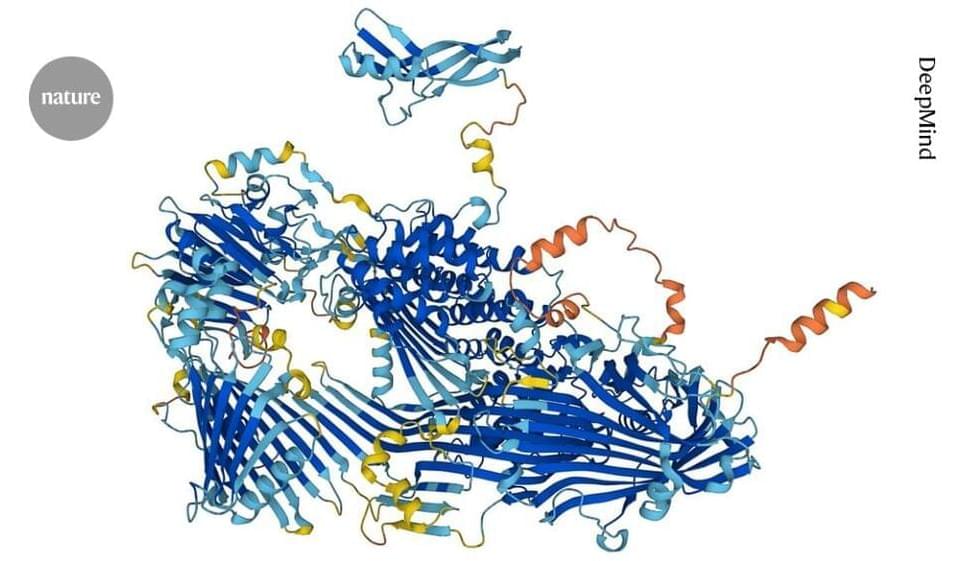

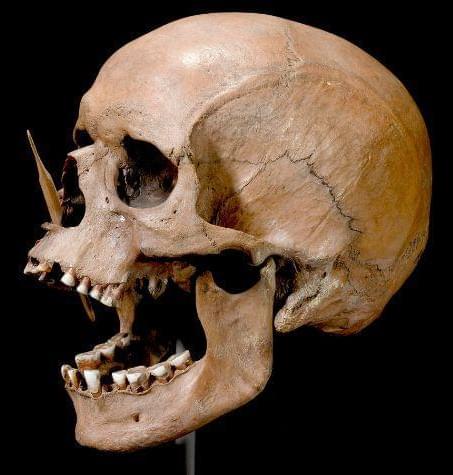
Originally published on Illumina News Center
Call it archaeology by other means. Rather than sifting through tons of dirt and carefully cataloguing human artifacts, Eske Willerslev and his colleagues have used Illumina NovaSeq Systems to sequence 5,000 ancient human genomes, revealing previously unseen historical nuance. This research tour de force, which is being published this month in four papers in the journal Nature, offers a rich view of early human migrations, mating habits, and disease variants, and their impact on modern Europeans.
“We wanted to sequence this ancient DNA so we could better understand human history,” says Willerslev, who is professor and director at the Centre of Excellence in GeoGenetics at the University of Copenhagen and the Prince Philip Professor of Ecology & Evolution at Cambridge University. “These results describe where we came from and why there’s so much variation in disease risk.”
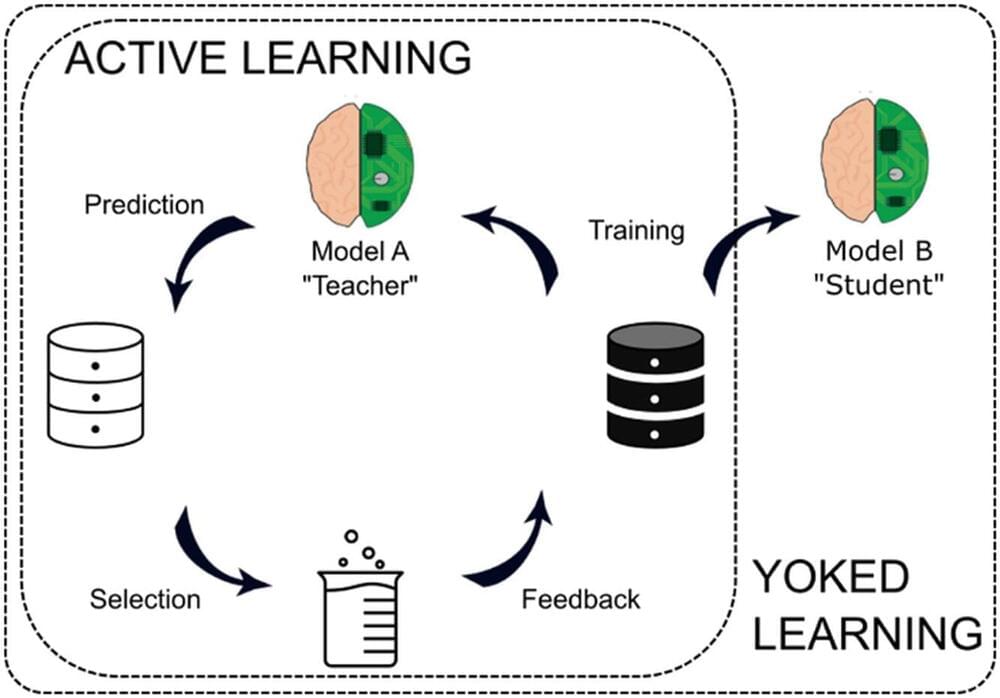
Biomedical engineers at Duke University have developed a new method to improve the effectiveness of machine learning models. By pairing two machine learning models, one to gather data and one to analyze it, researchers can circumvent limitations of the technology without sacrificing accuracy.
This new technique could make it easier for researchers to use machine learning algorithms to identify and characterize molecules for use in potential new therapeutics or other materials.
The research is published in the journal Artificial Intelligence in the Life Sciences.

The type I CRISPR protein Cas3 works like Pac-Man, chomping away at a continuous stream of nucleotides with intrinsic activity for introducing targeted large deletions from a few hundred base pairs to as large as 200 kb. However, without the molecular equivalent to the four colored ghosts who chase and capture Pac-Man, the broad and unidirectional genome editing activity of Cas3 is essentially unregulated.
Yan Zhang, PhD, assistant professor in the department of biological chemistry at the University of Michigan Medical School, and her collaborators at Cornell University identified two anti-CRISPR proteins that can “turn off” Cas3, paving the way toward safer and better-controlled CRISPR applications.
The research article, “Exploiting activation and inactivation mechanisms in type I-C CRISPR-Cas3 for genome-editing applications,” was published in Molecular Cell.
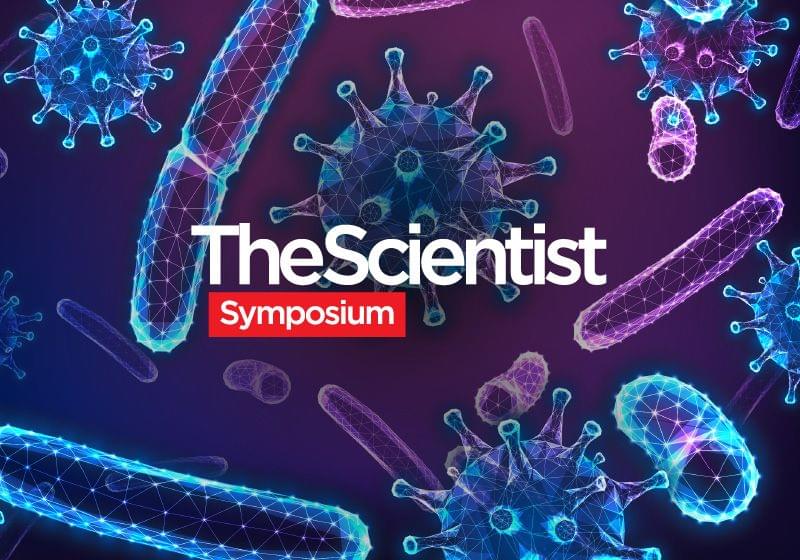
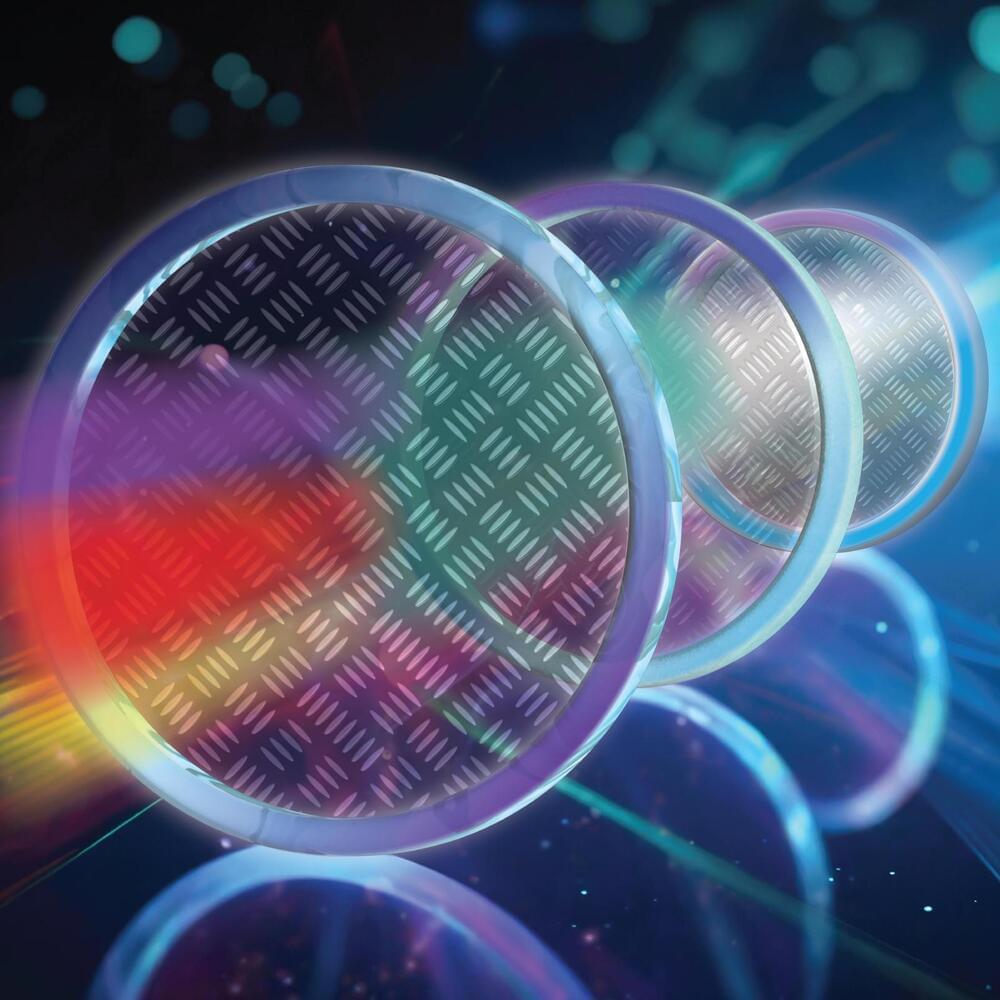
Researchers have created a novel technology utilizing meta-optical devices for thermal imaging. This method offers more detailed information about the objects being imaged, potentially expanding thermal imaging applications in autonomous navigation, security, thermography, medical imaging, and remote sensing.
“Our method overcomes the challenges of traditional spectral thermal imagers, which are often bulky and delicate due to their reliance on large filter wheels or interferometers,” said research team leader Zubin Jacob from Purdue University. “We combined meta-optical devices and cutting-edge computational imaging algorithms to create a system that is both compact and robust while also having a large field of view.”
In Optica, Optica Publishing Group’s journal for high-impact research, the authors describe their new spectro-polarimetric decomposition system, which uses a stack of spinning metasurfaces to break down thermal light into its spectral and polarimetric components. This allows the imaging system to capture the spectral and polarization details of thermal radiation in addition to the intensity information that is acquired with traditional thermal imaging.
Scientific investigations on the ISS’s latest resupply mission include advancements in 3D metal printing, semiconductor manufacturing, reentry thermal protection, robotic surgery, and cartilage tissue regeneration. These studies aim to enhance space mission sustainability and have significant implications for Earth-based technologies and health care.
Tests of a 3D metal printer, semiconductor manufacturing, and thermal protection systems for reentry to Earth’s atmosphere are among the scientific investigations that NASA and international partners are launching to the International Space Station on Northrop Grumman’s 20th commercial resupply services mission. The company’s Cygnus cargo spacecraft is scheduled to launch on a SpaceX Falcon 9 rocket from Cape Canaveral Space Force Station in Florida by late January.
Read more about some of the research making the journey to the orbiting laboratory:
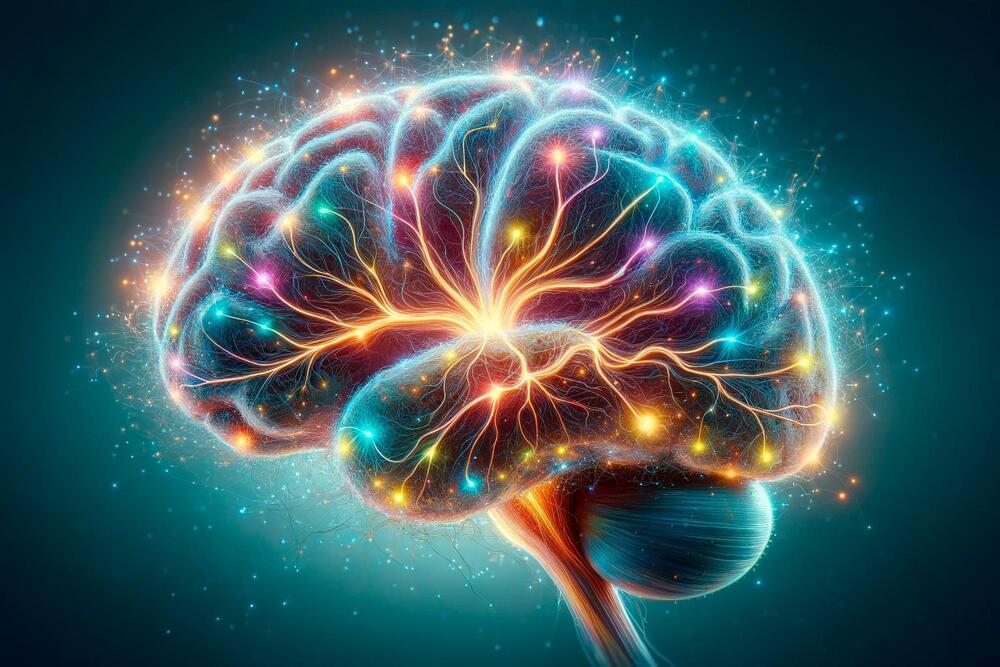
SynapShot, developed by an international research team, marks a major advancement in neuroscience by enabling real-time, live observation of synaptic changes in the brain.
The human brain contains approximately 86 billion neurons and 600 trillion synapses that exchange signals between the neurons to help us control the various functions of the brain including cognition, emotion, and memory. Interestingly, the number of synapses decrease with age or as a result of diseases like Alzheimer’s, and research on synapses thus attracts a lot of attention. However, limitations have existed in observing the dynamics of synapse structures in real-time.


It has been known for more than century that increases in neural activity in the brain drive changes in local blood flow, known as neurovascular coupling. The colloquial explanation for these increases in blood flow (referred to as functional hyperemia) in the brain is that they serve to supply the needs of metabolically active neurons. However, there is an large body of evidence that is inconsistent with this idea. In most cases, baseline blood flow is adequate to supply even elevated neural activity. Neurovascular coupling is irregular, absent, or inverted in many brain regions, behavioral states, and conditions. Increases in respiration can generate increases in brain oxygenation independently of flow changes. Simulations have shown that areas with low blood flow are inescapable and cannot be removed by functional hyperemia given the architecture of the cerebral vasculature. What physiological purpose might neurovascular coupling serve? Here, we discuss potential alternative functions of neurovascular coupling. It may serve supply oxygen for neuromodulator synthesis, to regulate cerebral temperature, signal to neurons, stabilize and optimize the cerebral vascular structure, deal with the non-Newtonian nature of blood, or drive the production and circulation of cerebrospinal fluid around and through the brain via arterial dilations. Understanding the ‘why’ of neurovascular coupling is an important goal that give insight into the pathologies caused by cerebrovascular disfunction.
Like all energy demanding organs, the brain is highly vascularized. When presented with a sensory stimulus or cognitive task, increases in neural activity in many brain regions are accompanied by local dilation of arterioles and other microvessels, increasing local blood flow, volume and oxygenation. The increase in blood flow in response to increased neural activity (known as functional hyperemia) is controlled by a multitude of different signaling pathways via neurovascular coupling (reviewed in [1,2]). These vascular changes can be monitored non-invasively in humans and other species, with techniques (like BOLD fMRI) that are cornerstones in modern neuroscience [3,4]. Chronic disruptions of neurovascular coupling have adverse health effects on the brain. Stress affects neurovascular coupling [5,6], and many neurodegenerative diseases are marked by vascular dysfunction [7].